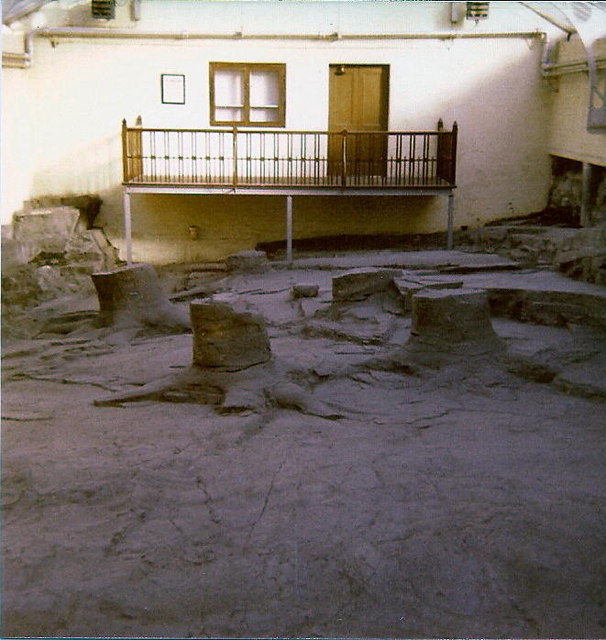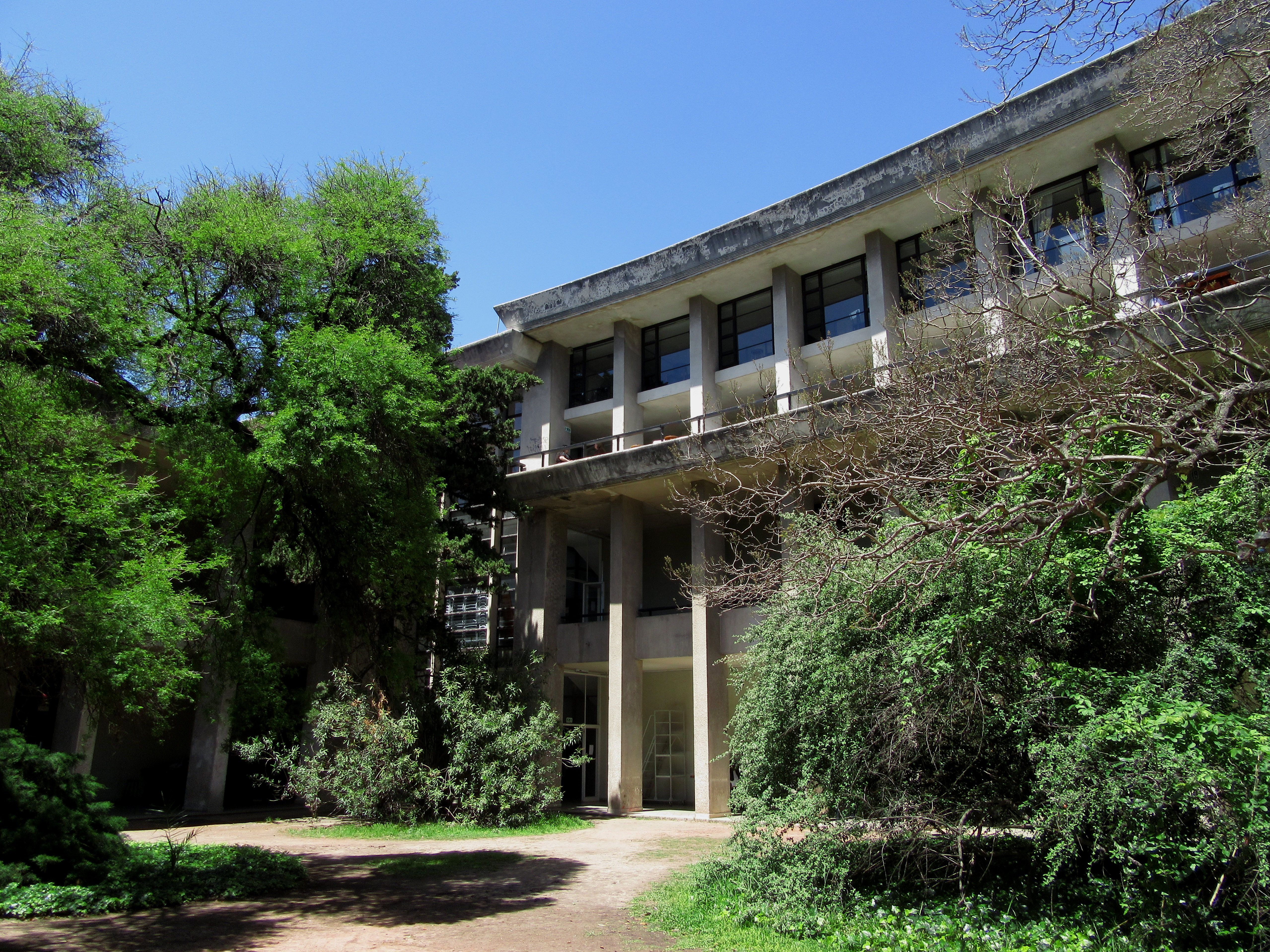|
Palace Cave
The Palace Cave ( es, Gruta del Palacio) is located at Flores Department, not far away from Trinidad, Uruguay. History The rocks in which the cave is formed date to the Late Cretaceous and is composed of sandstone, which during the Paleocene. It was first studied in 1877; in the early 20th century, it was explored by Dr. Karl Walter. The cave has been subject of the creation of a geopark. UNESCO is considering it as a possible World Heritage Site, due to its interest as a Geopark. The Palace Cave is featured in the coat of arms of Flores Department. References External links Gruta del Palacio Uruguay's first geopark Caves of Uruguay Cretaceous Uruguay Protected areas of Uruguay Landforms of Flores Department {{cretaceous-stub ... [...More Info...] [...Related Items...] OR: [Wikipedia] [Google] [Baidu] |
Trinidad, Uruguay
Trinidad () is the capital city of Flores in southern Uruguay. It has a population of 21,429 (National Census 2011). Formerly it was called ''Santísima Trinidad de los Porongos,'' or simply ''Porongos.'' Its inhabitants are known as trinitarios or also as porongueros because the city is located near the Porongos stream. Location Trinidad is located in the central area of Flores department, on ''Cuchilla Porongos'', between the Sarandí and Porongos streams and on the intersection of Route 3 with Route 14. Geography The stream Arroyo Sarandí, flows west of the city, while the stream Arroyo Porongos flows east of the city, both tributaries of the river Río Yí. Trinidad occupies an area of on an altitude of above sea level. History Initially it was called "Porongos". Even to this day, the inhabitants of the city are referred to as either 'trinitarios' or 'porongueros'. Porongos was founded on 18 July 1805 by General José Gervasio Artigas, the Uruguayan independence leade ... [...More Info...] [...Related Items...] OR: [Wikipedia] [Google] [Baidu] |
Flores Department
Flores () is a department of Uruguay, positioned in the southwest of the central part of the country. Its capital is Trinidad. It borders Durazno Department to the north and east, Florida Department to the southeast, San José Department to the south and Soriano Department to the west. Its density of population was the lowest during the 2011 census, closely followed by the departments of Durazno and Treinta y Tres. History The department was formed in 1885 from part of San José Department, during the government of President Máximo Santos. It is named after the former Colorado Party leader, Venancio Flores, who was born in Trinidad in the nineteenth century. The department has many sites of prehistoric rock art. Such examples of rock art are particularly concentrated at Chamangá (Localidad Rupestre de Chamangá). Another site of interest is the Palace Cave. Economy Outside Trinidad, Flores is agricultural, primarily raising cattle for export and sheep for wool and Gauc ... [...More Info...] [...Related Items...] OR: [Wikipedia] [Google] [Baidu] |
Late Cretaceous
The Late Cretaceous (100.5–66 Ma) is the younger of two epochs into which the Cretaceous Period is divided in the geologic time scale. Rock strata from this epoch form the Upper Cretaceous Series. The Cretaceous is named after ''creta'', the Latin word for the white limestone known as chalk. The chalk of northern France and the white cliffs of south-eastern England date from the Cretaceous Period. Climate During the Late Cretaceous, the climate was warmer than present, although throughout the period a cooling trend is evident. The tropics became restricted to equatorial regions and northern latitudes experienced markedly more seasonal climatic conditions. Geography Due to plate tectonics, the Americas were gradually moving westward, causing the Atlantic Ocean to expand. The Western Interior Seaway divided North America into eastern and western halves; Appalachia and Laramidia. India maintained a northward course towards Asia. In the Southern Hemisphere, Australia a ... [...More Info...] [...Related Items...] OR: [Wikipedia] [Google] [Baidu] |
Sandstone
Sandstone is a clastic sedimentary rock composed mainly of sand-sized (0.0625 to 2 mm) silicate grains. Sandstones comprise about 20–25% of all sedimentary rocks. Most sandstone is composed of quartz or feldspar (both silicates) because they are the most resistant minerals to weathering processes at the Earth's surface. Like uncemented sand, sandstone may be any color due to impurities within the minerals, but the most common colors are tan, brown, yellow, red, grey, pink, white, and black. Since sandstone beds often form highly visible cliffs and other topographic features, certain colors of sandstone have been strongly identified with certain regions. Rock formations that are primarily composed of sandstone usually allow the percolation of water and other fluids and are porous enough to store large quantities, making them valuable aquifers and petroleum reservoirs. Quartz-bearing sandstone can be changed into quartzite through metamorphism, usually r ... [...More Info...] [...Related Items...] OR: [Wikipedia] [Google] [Baidu] |
Paleocene
The Paleocene, ( ) or Palaeocene, is a geological epoch that lasted from about 66 to 56 million years ago (mya). It is the first epoch of the Paleogene Period in the modern Cenozoic Era. The name is a combination of the Ancient Greek ''palaiós'' meaning "old" and the Eocene Epoch (which succeeds the Paleocene), translating to "the old part of the Eocene". The epoch is bracketed by two major events in Earth's history. The K–Pg extinction event, brought on by an asteroid impact and possibly volcanism, marked the beginning of the Paleocene and killed off 75% of living species, most famously the non-avian dinosaurs. The end of the epoch was marked by the Paleocene–Eocene Thermal Maximum (PETM), which was a major climatic event wherein about 2,500–4,500 gigatons of carbon were released into the atmosphere and ocean systems, causing a spike in global temperatures and ocean acidification. In the Paleocene, the continents of the Northern Hemisphere were still connected v ... [...More Info...] [...Related Items...] OR: [Wikipedia] [Google] [Baidu] |
El País (Uruguay)
''El País'' is a Uruguayan newspaper, first published on September 14, 1918, and distributed nationwide. It previously belonged to the same media group as the television channel Teledoce. Its website is ranked 6th in Uruguay according to Alexa. Its circulation is verified by the Argentine institution IVC. History Established in Montevideo, ''El País'' was originally edited by Leonel Aguirre, Eduardo Rodríguez Larreta and Washington Beltrán Barbat. Begun as a political newspaper devoted to the National Party, it later developed into a general interest newspaper. For decades, ''El País'' has been among the leading written media in Uruguay, with a circulation of 65,000 on weekdays and 100,000 on Sundays. Its editorial focus is on the social, political and economic news of Uruguay, as well as the Mercosur regional trade alliance. Awards From 1991 to 2012 ''El País'' had been awarding the prize "El País King of European Soccer" for the best footballer in Europe. The fir ... [...More Info...] [...Related Items...] OR: [Wikipedia] [Google] [Baidu] |
UNESCO
The United Nations Educational, Scientific and Cultural Organization is a specialized agency of the United Nations (UN) aimed at promoting world peace and security through international cooperation in education, arts, sciences and culture. It has 193 member states and 12 associate members, as well as partners in the non-governmental, intergovernmental and private sector. Headquartered at the World Heritage Centre in Paris, France, UNESCO has 53 regional field offices and 199 national commissions that facilitate its global mandate. UNESCO was founded in 1945 as the successor to the League of Nations's International Committee on Intellectual Cooperation.English summary). Its constitution establishes the agency's goals, governing structure, and operating framework. UNESCO's founding mission, which was shaped by the Second World War, is to advance peace, sustainable development and human rights by facilitating collaboration and dialogue among nations. It pursues this objec ... [...More Info...] [...Related Items...] OR: [Wikipedia] [Google] [Baidu] |
World Heritage Site
A World Heritage Site is a landmark or area with legal protection by an international convention administered by the United Nations Educational, Scientific and Cultural Organization (UNESCO). World Heritage Sites are designated by UNESCO for having cultural, historical, scientific or other form of significance. The sites are judged to contain "cultural and natural heritage around the world considered to be of outstanding value to humanity". To be selected, a World Heritage Site must be a somehow unique landmark which is geographically and historically identifiable and has special cultural or physical significance. For example, World Heritage Sites might be ancient ruins or historical structures, buildings, cities, deserts, forests, islands, lakes, monuments, mountains, or wilderness areas. A World Heritage Site may signify a remarkable accomplishment of humanity, and serve as evidence of our intellectual history on the planet, or it might be a place of great natural beauty. A ... [...More Info...] [...Related Items...] OR: [Wikipedia] [Google] [Baidu] |
Geopark
A geopark is a protected area with internationally significant geology within which sustainable development is sought and which includes tourism, conservation, education and research concerning not just geology but other relevant sciences. In 2005, a European Geopark was defined as being: "a territory with a particular geological heritage and with a sustainable territorial development....the ultimate aim of a European Geopark is to bring enhanced employment opportunities for the people who live there." Today the geopark is virtually synonymous with the UNESCO geopark, which is defined and managed under the voluntary authority of UNESCO's International Geoscience and Geoparks Programme (IGGP). UNESCO provides a standard for geoparks and a certification service to parks that apply for it. The service is available to member states of UNESCO. This list is not the same as the member states of the United Nations. Membership in the UN does not automatically imply membership in UNESCO, ... [...More Info...] [...Related Items...] OR: [Wikipedia] [Google] [Baidu] |
UdelaR
The University of the Republic ( es, Universidad de la República, sometimes ''UdelaR'') is Uruguay's oldest public university. It is by far the country's largest university, as well as the second largest public university in South America and the world's 57th largest by enrollment, with a student body of 137,757 undergraduate students in 2018 and 6,351 postgraduate students in 2012. It was founded on 18 July 1849 in Montevideo, where most of its buildings and facilities are still located. Its current rector is Rodrigo Arim. History The process of founding the country's public university began on 11 June 1833, when a law proposed by then-Senator Dámaso Antonio Larrañaga was passed. It called for the creation of nine academic departments; the President of the Republic would pass a decree formally creating the departments once the majority of them were in operation. In 1836 the House of General Studies was formed, housing the departments of Latin, philosophy, mathematics, theol ... [...More Info...] [...Related Items...] OR: [Wikipedia] [Google] [Baidu] |
Coat Of Arms
A coat of arms is a heraldic visual design on an escutcheon (i.e., shield), surcoat, or tabard (the latter two being outer garments). The coat of arms on an escutcheon forms the central element of the full heraldic achievement, which in its whole consists of a shield, supporters, a crest, and a motto. A coat of arms is traditionally unique to an individual person, family, state, organization, school or corporation. The term itself of 'coat of arms' describing in modern times just the heraldic design, originates from the description of the entire medieval chainmail 'surcoat' garment used in combat or preparation for the latter. Rolls of arms are collections of many coats of arms, and since the early Modern Age centuries, they have been a source of information for public showing and tracing the membership of a noble family, and therefore its genealogy across time. History Heraldic designs came into general use among European nobility in the 12th century. Sys ... [...More Info...] [...Related Items...] OR: [Wikipedia] [Google] [Baidu] |
Caves Of Uruguay
A cave or cavern is a natural void in the ground, specifically a space large enough for a human to enter. Caves often form by the weathering of rock and often extend deep underground. The word ''cave'' can refer to smaller openings such as sea caves, rock shelters, and grottos, that extend a relatively short distance into the rock and they are called ''exogene'' caves. Caves which extend further underground than the opening is wide are called ''endogene'' caves. Speleology is the science of exploration and study of all aspects of caves and the cave environment. Visiting or exploring caves for recreation may be called ''caving'', ''potholing'', or ''spelunking''. Formation types The formation and development of caves is known as '' speleogenesis''; it can occur over the course of millions of years. Caves can range widely in size, and are formed by various geological processes. These may involve a combination of chemical processes, erosion by water, tectonic forces, microorgan ... [...More Info...] [...Related Items...] OR: [Wikipedia] [Google] [Baidu] |


Saunders_Quarry-1.jpg)





